Written by Mikaprok, originally published on his blog #1, #2, #3, #4; translated by AlexD exclusively for SouthFront.
Pre-Project
In the midst of a lively ball, we will continue our fascinating immersion in the realities of the royal family of Great Britain.
A significant date has thundered: on July 1, the most important princess of planet Earth, Diana, Princess of Wales, or as the well-wishers of the island press present her to us, “Lady Di”, would have turned 60 years old.
The image of the eternal Princess and this very phrase has stuck to the photogenic blonde since the mid-80s and cannot come off still. Since that moment, so much water has already flowed away that wives for her children have come to us from the depths of the sea and distant colonies, but she is still a role model in everything, no matter how one turns it.
What picture comes to mind to those interested in the periphery of the “yellow press”?
It’s complicated.
She is a kind and a little shy heart, which does not need either chocolate or marmalade, but only so that the African child does not cry, is full and healthy.
She was taken from her father’s house and severely punished by the worn-out heir to the throne, Charles. This is not the end of Di’s misadventures – her ex-husband tormented her for a long time with a loud divorce, not allowing her to see her children, taking the last funds for charity (ouch!). At the same time, the naïve girl began to look for love and understanding on the side, starting scandalous affairs that completely did not correspond to her social status.
Her image in popular culture at some point in time coincided with the two centuries late pop icon Marie-Antoinette. Down to artistic dissolution in Sofia Coppola’s film by the same name, highlighting parallels and contemporary borrowings from Lady Di’s life.
But there are a lot of problems with these allusions and with Lady Di’s image itself.
Starting with the internal contradictions of the legend, which one does not particularly want to dissect in isolation from reality, to the external contradictions with the behaviour of the UK establishment towards the ill-timed saint who has departed from us.
Symbolising the artificiality of the figure of the innocently murdered has become a mock monument to “feminine goodness”, and partly, an allusion to Princess Diana’s many adventures (let’s call it that) during her lifetime. How can the legend be depicted in marble or metal by those who invented the legend? Only this way – with a twinkle.
To begin to get a handle on this issue, it would be good to understand where the tradition of creating public wrappers for monarchs, and more broadly, first persons of state came from.
It was invented in France in the second half of the 18th century. However, the technology could not be applied in full measure – the revolution broke out. It was not until the beginning of the 19th century that there was a candidate for promotion.
The American presidents were the zero model, the know-how was tested, in particular, on Franklin and, further, on Washington.
The first example product was the Emperor Napoleon. It is worth talking about him separately, as the degree of bifurcation here is off the charts. Up to and including purchased autobiographies, letters and stamped souvenirs with hand and foot prints.
And the second major product of state PR was … Queen Victoria.
In 1837 she was only 18 (almost like Lady Di at the time of her entry into the court’s sights), but she was already primed to become, in John Plunkett’s apt phrase, the first “media monarch”. A couple of great works have been written about the very phenomenon of the British Queen surrounded by the press.
The problem for Victoria, as for any parliamentary monarch, was the separation of the interests of “the people and “the aristocracy” as much as possible for their better arbitration in their own right.
In the third of the nineteenth century, and in many respects until the twenties of the twentieth century, there was a property census which gave very limited rights to real volition.
Nothing prevented the conditional House of Lords from consolidating against the Family (or several families) and pushing them out of the area of government.
This forces the Windsors to flirt endlessly with new voters and project an image of being the only centre of justice for all. This is still the case – see the voting level of support for the monarchy in the UK.
Thus, the most important challenge has become working with the electorate through the press and gradually balancing the rights of expression for different elite groups. In contrast to traditional society, there were more of them and a new toolkit for working with them emerged.
Queen Victoria’s regular visits to the nation began, with thorough coverage of all that was happening in the mainstream press. “The Times” in 1843 repeatedly wrote, among other things, of “the bond of trust between the crown and the people”. “The News of the World” weekly noted the maternal attitude of the sovereign to her subjects. And so on and so forth.
While on the continent the French monarchy is once again overthrown to the delight of “republicans”, across the Channel the World’s Fair is held, where Victoria is greeted by enthusiastic crowds of Londoners.
Her image is actively replicated. There are several dozen official portraits alone, of course, heavily retouched and smoothed. Because she is presented as a souvenir of sorts, some of the country’s major printers have up to 70% of their sales of images of the Queen.
Contrary to her controversial looks, Victoria reigns supreme in specialist “beauty magazines” reporting on the latest fashion.
The 1830s/1840s were the years when images of the progressive Queen dominated the media, including the satirical (to other characters of the British Olympus) magazine “Punch”.
Since up to this point there had been no such promotion and the public was pristine with regard to ideological treatment, there are genuine popular movements of support for Victoria, as society of Her fans and even, in the style of modern rock stars, Queen’s lovers’ clubs tracking down the royal crew in their usual locations.
Needless to say, a little later, newspaper clippings with Victoria became the ground for post-irony not only for British but also European magazines. In the 1860s she became a popular persona OUTSIDE of her powers. Just a star whose every word was picked up and wrapped up in a label of worldly wisdom.
The typewriter had heated up so much that for another 30 years even after Her death only the brilliant past was remembered rather than the dreary present – children and grandchildren were hopelessly overwhelmed by the image of the Queen Mother.
From then on, the same technique is applied to all female monarchs, not only in the UK, but all over the world.
“Lady Di’ was not spared.
The Opposite Side
The media portrait of the first person of the UK is always different from the inimitable original. Two-thirds of the facts are simply not discussed publicly, and what fleetingly gets into the press is presented out of context.
It is impossible to understand who is who to the extent of flip floppers.
Diana is one of the most glaring cases of “start-up error”. Even Wikipedia is littered with absurd inserts, some of which were made up after her death.
Legend is thickly mixed up with a complex of guilt and the “peoplehood” of the unfortunate victim of circumstances.
The situation goes something like this: once upon a time there was a powerful Windsor family. Out of charitable feelings, they selected a pretty bride from a dozen candidates surrounding Charles. She was unashamedly lucky, but she didn’t appreciate the gesture and began to behave badly. For this the Windsors punished her cruelly, perhaps too cruelly.
“A kind, weak soul.”
In reality, of course, things turn 180 degrees.
Diana’s maiden name is Spencer.
This is a very, very old British clan, with a medieval pedigree dating back to the eighteenth century. This is the defining period for the emergence of thousands of years of island traditions. So, the Spencers fit right in. All those who followed them off the beaten path remained “new models”.
Allegedly as early as the early 16th century (1508), John Spencer built a 121-room estate on a modest 53 square kilometre piece of land.
Over more than two centuries the Spencer property grew considerably and by the early nineteenth century there were hundreds of square kilometres of land, as far as parts of modern-day Greater London. Wandsworth or Clapham Town still belonging to one part of the family, as does the Wimbledon areas with its tennis tournament.
There were related to the Windsors long before Diana. Charles II and James II are among many examples from the top.
The family is larger and by all accounts comparable to the Windsors. Moreover, the fortunes of prominent members of the family overlap and the Spencers sometimes serve as junior partners to the ruling family.
So, Lord Charles Spencer held all the major offices of the kingdom in the very early 19th century, including custodian-treasurer, head of the mint and postmaster. For the last 15 years he was listed as personal assistant to George III.
Family members were diplomats, colonial administrators, ministers, including a key military position – the First Lord of the Admiralty.
The Spencers are holders of one of Britain’s main orders, the Knights of the Garter.
They are also related to seven American presidents.
For example, among several spreading branches of 400+ souls each, the Spencers-Churchills are one of the relatively new but successful reproducing factions.
At the other end of the tree are the Dukes of Marlborough. At the historic end you can find anyone up to and including the Earl of Derby or Lord Cavendish.
This is a system, not some kind of accident. When one speaks of the British aristocracy, one speaks primarily of parties such as the Spencers.
In general, the Spencer environment has traditionally served as a resource based for bridegrooms precisely because of this context:
- ideological affinity (commitment),
- multiplicity (there are many to choose from).
What a long way to go – it was the Spencers who introduced Ms. Middleton to EII.
The marriage arrangement between this particular branch of Count Oltrop and the children of EII was made no later than 1965.
The fact is that the couple EII and her husband Philip knew Diana’s mum and dad for a very long time – since the late 40s.
In fact, Frances Roche was a lady-in-waiting to EII and John Spencer was listed as an aide-de-camp to George VI, and then passed by inheritance to EII.
It is well known that Prince Charles was marked for the Spencers’ eldest daughter Sarah. Then “well-wishers” confused the cards and published, shall we say, dirt on this “wonderful” girl – a scandalous interview that never happened.
Slightly less familiar to readers of the island press are the antics of the Spencers’ middle daughter Cynthia, also acquainted with Charles, but who at the Windsors’ insistence married Robert Fellowes, secretary to EII.
The third attempt achieved the goal. There was a possibility of running out of brides, but no such luck.
The non-random, to say the least, neighbourhood of one Family to another explains the scandalous nature of the situation.
Diana’s “accident” would never have come up in the press and would never have been discussed as a murder theory if the Spencers had not been behind it.
Maintaining the image of a diligent benefactress and broad soul is a concession to the Spencers. Diana should be remembered as a star, not a promiscuous and drinking impostor with mental problems.
Such an assassination was clearly against the rules of the ruling house and no one agreed to it.
Moreover, having Diana’s father around, the main guarantor of her health, shielded the Princess of Wales from public scandal until 1992. His death was followed by a shake-up of dirty laundry, a row with her mother’s relatives and herself, and then a “tragic accident”.
Anyway, the princess became popular because that people make someone apologise a couple of times a year for what they did.
Generosity
Our heroine has earned the title of “the People’s Princess” from the island press with her extraordinary responsiveness to human grief and endless visits to places of large concentrations of suffering.
Indeed, the fragile blonde has been featured in glossy magazines, paraded in trendy clothes, used as a backdrop for luxury goods and inevitably compared to her predecessors.
But not only that.
The tabloids could barely keep up with her dizzying moves in the late 80s. Diana could visit three continents in a week and everywhere she posed successfully for the camera with those very sick children/dying old people/”ordinary people”. The page turner might get the impression of a photomontage, so uniform did it look on film. The role model chosen was copied from the previously mentioned prototype and supplemented with a new media component. Instead of portraits and busts, an abundance of visuals in dresses of bold colours. Instead of a stack of wise sayings, an understanding smile and a silence attributable to the unimaginable modesty of Charles’s chosen one.
By 1992, everyone’s image of the Princess of Wales as the ultimate benefactor of the UK, Commonwealth, and possibly planet Earth, had taken hold. The devil may play any trick!
How has she been doing good deeds, if you put aside the PR wrapper and look at the facts?
To begin with, we should state the obvious, as we have said many times when listing the members of the holy Family: all the Windsors are very active in charity. There are practical (financial) reasons for this, as well as a traditional flirtation with the citizens of the Commonwealth.
Among other things, the philanthropic position gives indirect control over tax collection and provides detailed first-hand information about entire industries, not only in the Kingdom but also abroad. And the Windsors patronise hundreds of international foundations.
Diana’s official profile would run into several dozen charities. Her role is usually limited to that of a “wedding general” – a banquet planner.
What is striking is that her husband was (and still is) a patron. On Charles’s part, it was not limited to visits, but included sponsoring, inviting guests and managerial exercises. Not frequent, of course, but nevertheless.
It is known that when the relationship officially ended between 1992 and 1995, the Prince presented his ex-wife with a bill for all the years of torment, including the unnecessary costs of “kindness” over and above the protocol and out-of-pocket rate.
Diana flew to the ends of the earth to dine with her (but not the Windsors in general) friends, spent astronomical sums on shipping her own outfits (50 suitcases on a separate flight for a 3-day visit to New Zealand) and entertained without necessarily completing a charity fund-raising exercise. Nowadays she would be punished for such liberties by the ubiquitous activists, but then it was new and seemed charismatic.
Indeed, American newspaper publications covering her activities in the land of liberty mercilessly mocked the Princess of Wales’ lavish receptions.
It turns out that in Washington or Boston, the unfortunate cancer patients are shown in glimpses at the beginning of the show, but sell tickets for $2500 for dinner in the presence of the Reagan couple, Hollywood stars and “friends” invited for the occasion. Diana’s last years of her married life were extremely active specifically in the USA. Nevertheless, the purpose of the funds raised there could not always be traced, even to a practiced eye.
Indeed, the period 1985-1886 was the hey-day of middle-class philanthropy. Raising funds bypassing the church treasury proved to be fashionable. On the other hand, it was the late 1980s which saw a general dilution of this industry into targeted aid and the creation of large financial structures to tap into corporate capital.
Compared to the 1970s or even the 2000s, the gross product of “good deeds” was small compared to the hype surrounding it.
Diana is said to be a pioneer in AIDS charity work. And on a global scale.
Not so: Prince Charles helped an organisation that put on events called Tiffany Balls. Diana took part and raised money of the AIDS Crisis Trust, which had been set up by socialite Margaret Littman the year before.
It wasn’t until two years after the infrastructure was in place that Diana was invited to open a special ward for patients with this terminal illness in Middlesex.
There she made the famous gesture of removing the glove and shaking the patient’s hand.
At the time, the picture was all over the world media.
Despite the minimal risk of anything, there is a problem with the image presented. There is no name of the victim from the Princess. He asked for safety reasons not to be filmed, curious journalists are still searching for who could it be.
Immediately after the end of her long divorce, without becoming an actual Queen, Diana decided to become the queen of world charity and rushed to collect her former engagements. Turns out it wasn’t easy to reincarnate – out of her 100 engagements, she was (temporarily) left with 6.
From then on, it quietly faded away, as did its media influence.
Good deeds do not come in handy.
The power of spirit
One of the cornerstones of any PR campaign for a public figure is the emphasis on his “good character”. A certain set of qualities that allows him or her to be given social credit without looking at specific, often questionable actions.
Three centuries of controversy surrounding Plutarch’s Comparative Biographies have not been in vain – image-building begins with a simple but carefully calibrated list of good deeds. The reference to the simplicity of communication and the unpretentiousness of the protagonist’s sentimental life is obligatory.
On this basis, one can further string everything that the heart desires. Trust is a powerful force.
The People’s Princess, as we know, not only used every spare minute to care for the sick and infirm. She was an EXTREMELY pleasant person in personal contacts, quick to please and a friend to all walks of British society.
She was like Marie-Antoinette, contemporary British historians echo us, alluding to her late attempt to confront the insidious Windsors.
The task of finding out the real situation is complicated by the particularities of the subject area.
The moral qualities of this or that person are very difficult to examine in absentia through several layers of state propaganda, which twists every action in a certain direction and simply hides some of the facts.
Most historical characters cannot be unambiguously placed on a light or dark spectrum. People act according to the situation and the variation in their actions is always wider than the two diametrical points of the moral compass. Especially given the smokescreens of PR.
And yet there are those to whom such an analysis could be applied.
It seems the Princess of Wales to be an example of such a figure.
What do we see here?
The incredibly outgoing and easy-going person had disastrous communication problems.
As part of her uncomplicated functions as a wedding generalist at charity balls, she could not bring herself to give welcoming speeches of several sentences in length. It was difficult to squeeze a full-fledged interview with half a page of text in dialogue out of her, even with skilled journalistic training and questions involving yes-no answers.
They probably knew about the problem before the wedding, but miscalculated the degree of seriousness of the problem.
Hence tales of her incredible modesty and shyness.
Immediately after the baby was born, Diana was assigned a speech therapist who was required to spend at least a few hours a week with her and train her speaking skills. He also recorded conversations with the princess on tape for further analysis.
At the moment of the high-profile divorce, tiny bits of these recordings, like the instructor’s memories, were leaked to the press and created a furor. There is no doubt who initiated the declassification. Judging by them, the nuances of Lady Di’s behaviour could be described as a form of mental illness. A wrapper of the fairy tale “The King’s Speech”.
Indeed, Diana’s cognitive peculiarities (let’s call it that) were known from the beginning.
Already in 1981, she required a psychiatric examination, which was servilely linked to an uneasy entry into the Family. In fact, doctors and psychologists spent a gigantic amount of time at the palace throughout the years for maintaining the illusion of marriage (1981-1987), providing the Princess with pharmacological care among other things.
It is officially confirmed by all parties, including herself, that Charles was the initiator of this kind of support. Hence an important nuance of the people’s princess’s charitable activities – she made many visits to psychiatric asylums. Allegedly, to support those who were suffering.
She became ill several times at official receptions, became dizzy and hurried home alone.
The hard-headed journalists interested in the subject are usually presented with a ready-made diagnosis – it turns out that Diana, among other things, has suffered all her short life from … bulimia. The island’s press has made very high demands of her and she had had to “lose weight” by all available means.
As we recall, the press mauled her.
However, it turns out that it doesn’t stop there – Diana has a habit of cutting herself with a dangerous razor in her private parts. Always by accident.
Another example that unintentionally comes to mind is the film “The Pianist”.
Andrew Morton’s 1992 book “Diana: Her True Story” along with a discussion of bulimia, provides evidence of the princess’s repeated suicide attempts. Instead of a rebuttal, there was an endorsement of the seriousness of the author’s intentions.
In a 1993 “Vanity Fair” interview, Diana herself confirms not only the presence of bulimia that haunts her, but also years of suffering from a whole bouquet of (sometimes contradictory) eating disorders.
Yes, this should be talked about loudly and not be ashamed of your own peculiarities, Hurray!
She had been in isolation since at least 1986. The “good soul” seems to have had no one to communicate with.
What about the common people with whom she was so adept at finding common ground?
There were no common people. She was, of course, not allowed out to the people even in between engagements.
Unfortunately, this did not apply to the servants and administrative staff of the royal residences. They were forced to talk to the Princess and confirmed the “favourite” status.
The family estates and their surroundings are not at all conducive to intensive staff turnover. Many have been with the Windsors for decades, often for several generations.
So with Diana’s arrival, more than 40 people were sacked or chose to leave the “people’s princess” themselves. Why?
“When she commands with her loud voice (per. “yells”), she expects unquestioning and instant execution of any of her commands”.
Very capricious by the standards of British aristocrats!
Yes, it’s a bit hard to imagine, but one has to exert oneself :-)
To be continued…



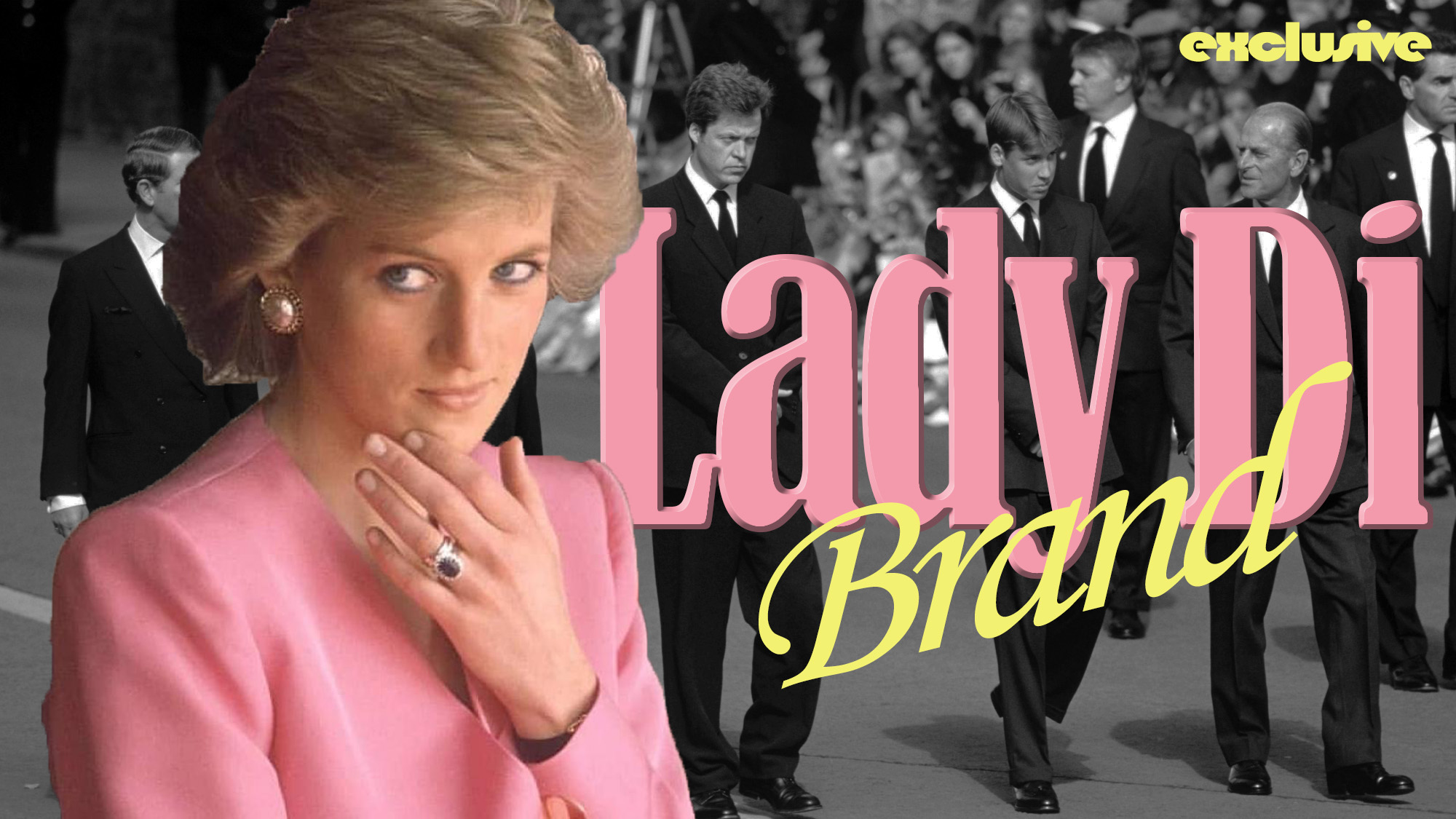
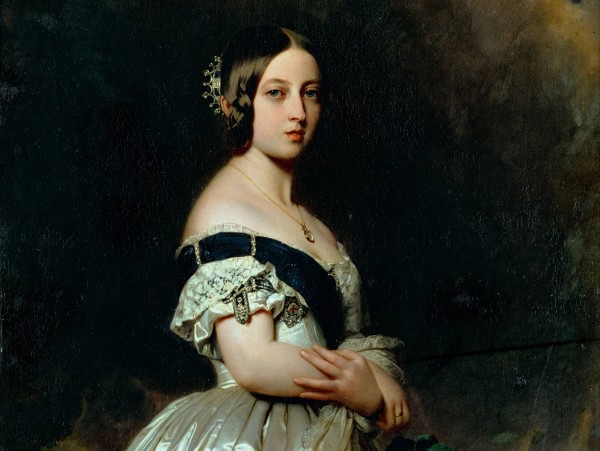
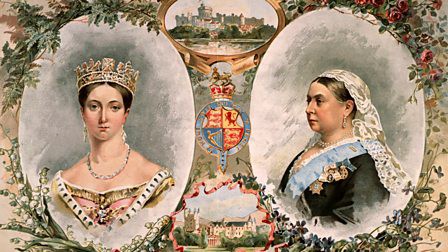
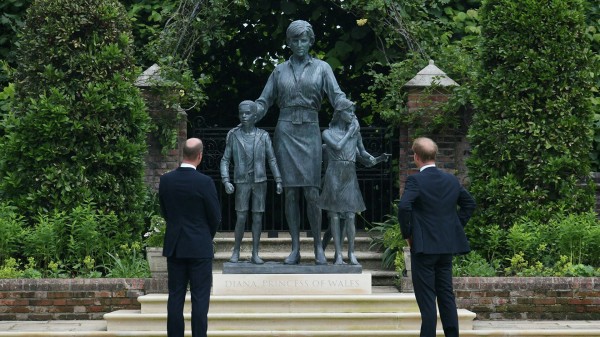
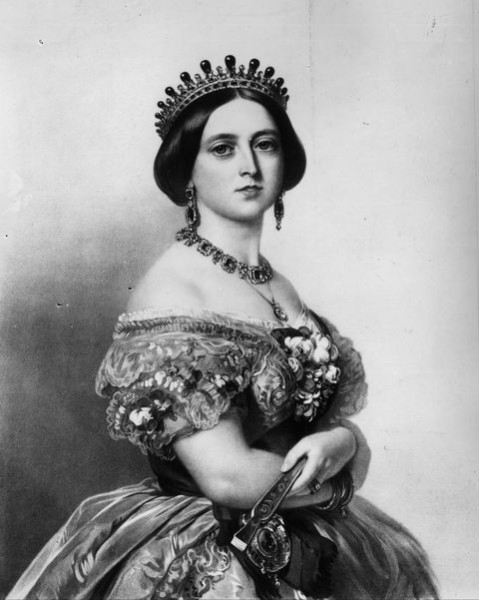
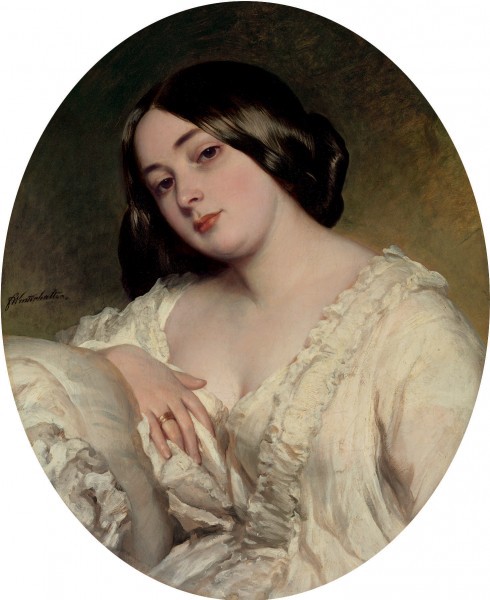
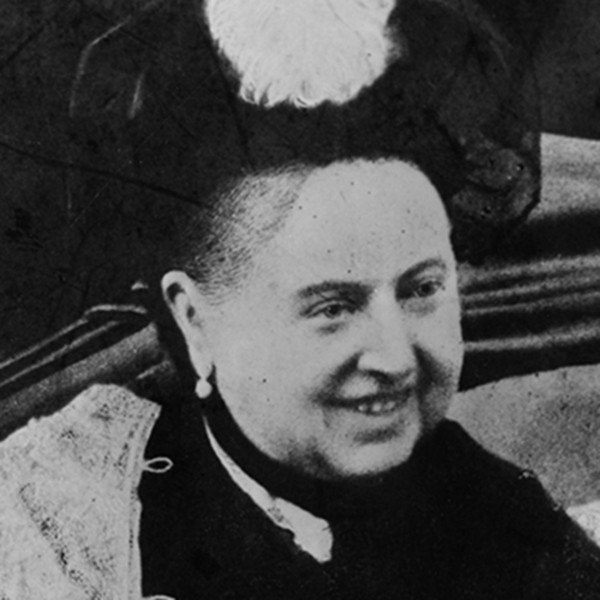
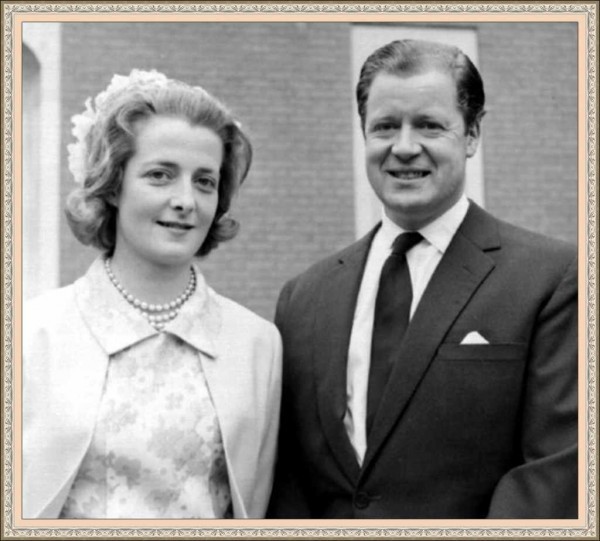

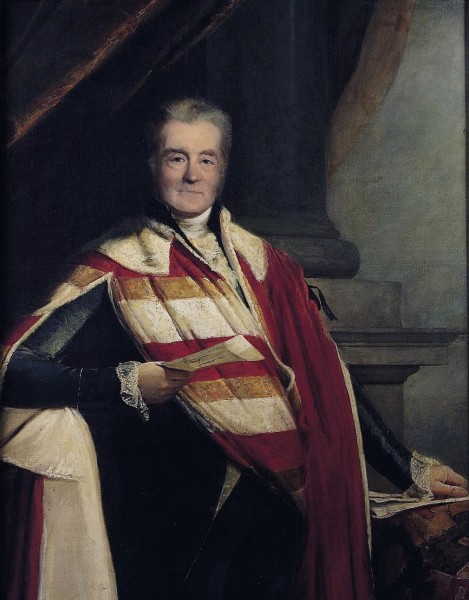
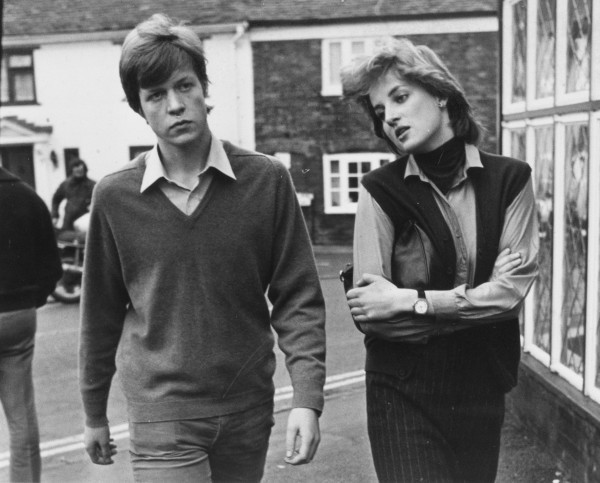
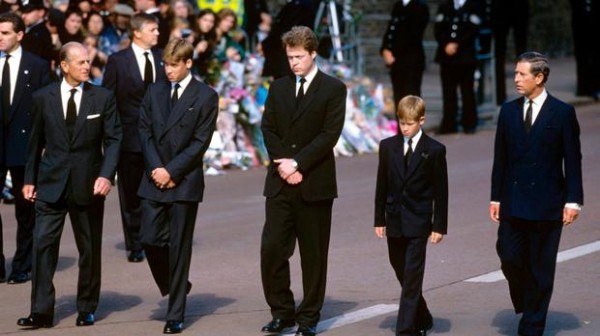
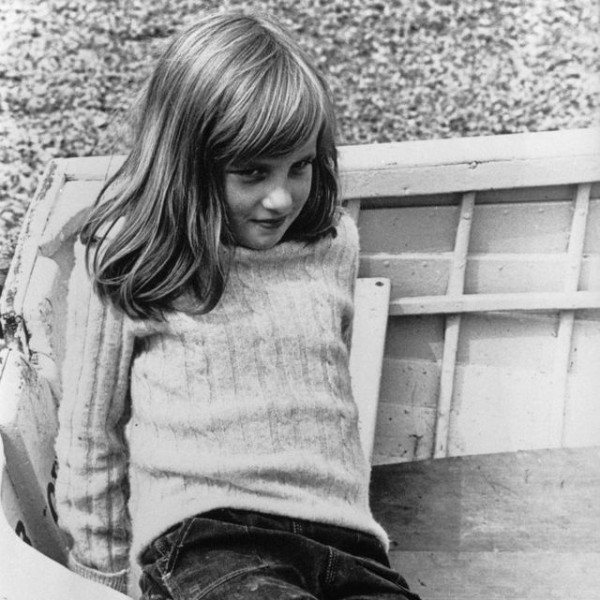
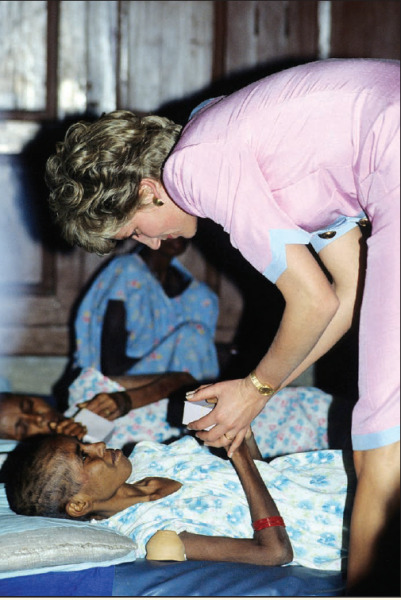
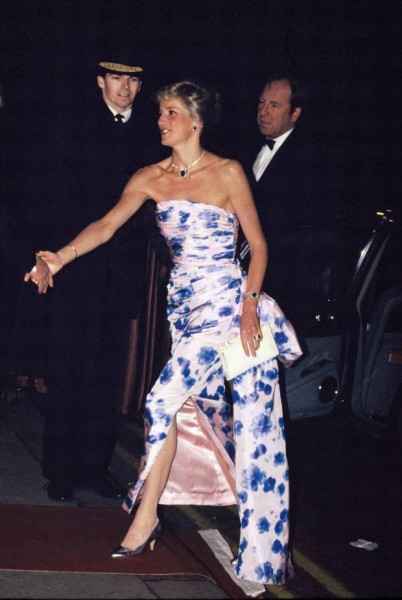
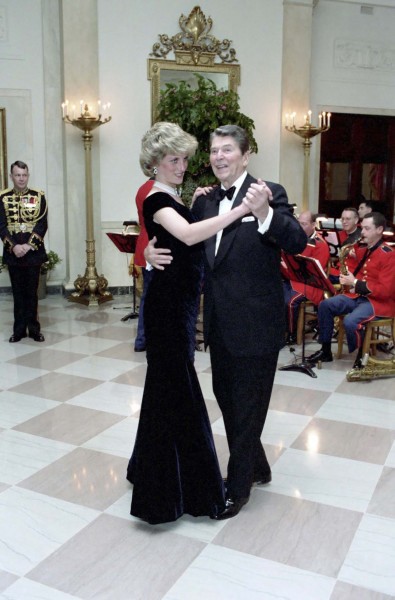
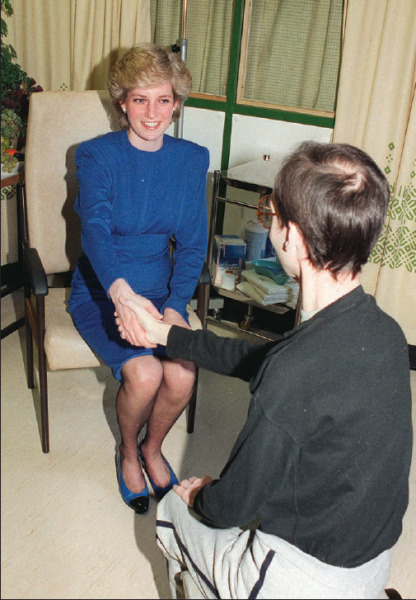
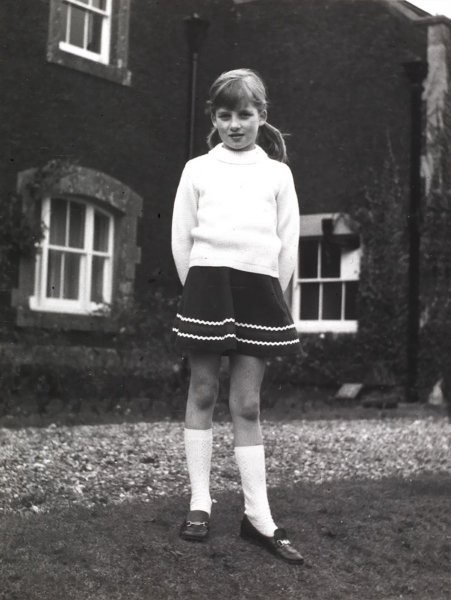
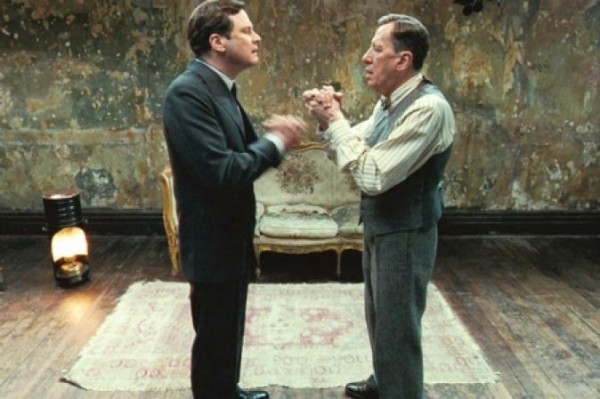
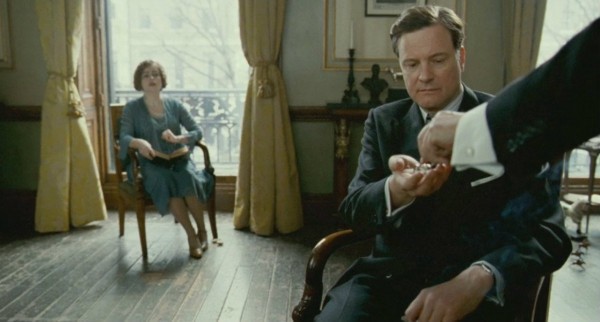
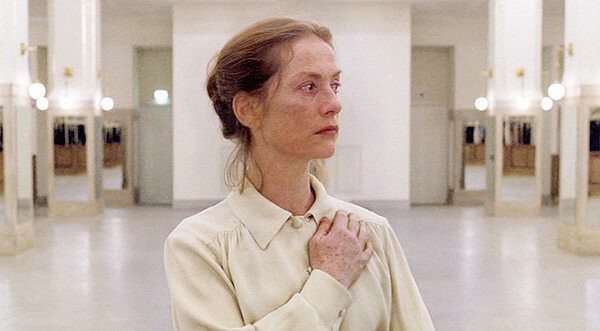
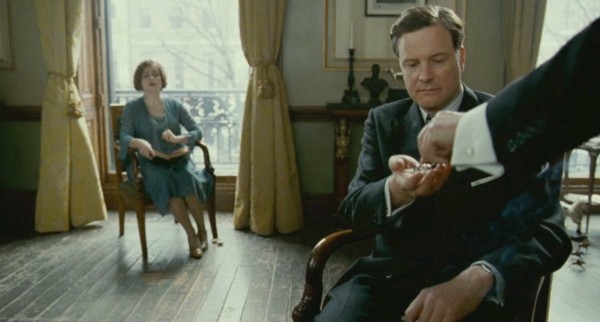



Dear friends, this is a translation from Russian. The original article was written by Mikaprok, who is an in-depth investigator with an original and sometimes sarcastic style of writing. The translator tried to convey his unique style in the most appropriate way. We would like to ask you not to judge strictly this work of the translator. The original investigation was published in Russian part by part. At the time of SF publication, 4 parts were released, now the 5th part is already available in Russian and the 6th is coming. We are also going to publish them translated into English. You may read the original articles in Russian following the link: https://mikaprok.medium.com/la-dy-di-1-49c25163040b.
I realize this article will continue but so far, it is vague, suggestive and barely coherent. What happened to; 1, introduction, 2. assert/state one’s point(s), 3. show the supporting evidence, moving systematically and hopefully chronologically, 4. summarize. Perhaps it is the translation that is the problem but so far, we have a road to nowhere.
So why don’t you elaborate further, rather than thou protesteth too much lad.
Mr Somewhere is correct. However I am pretty sure the author is not a native English speaker. The sensation of “vagueness” comes from the mode of expression of the original Slavic ( my guess) author.
Nonetheless I look forward to read more installments of this article.
Dear friends, this is a translation from Russian. The original article was written by Mikaprok, who is an in-depth investigator with an original and sometimes sarcastic style of writing. The translator tried to convey his unique style in the most appropriate way. We would like to ask you not to judge strictly this work of the translator. The original investigation was published in Russian part by part. At the time of SF publication, 4 parts were released, now the 5th part is already available in Russian and the 6th is coming. We are also going to publish them translated into English. You may read the original articles in Russian following the link: https://mikaprok.medium.com/la-dy-di-1-49c25163040b.
Let’s face it, the old hag Lizzie got Diana knocked off. That is normal practice amongst the Rothschild muppets soap opera on the tiny frigid island in the middle of nowhere.
England only land where a young boy can become a queen and many have alas.
Who is Ell?
Elizabeth II.
It took me a while to figure it out at first, I kept reading it as a female name ELL not as E2.
Some say Diana was taken out because of her latest beau. I wonder if she knew of the child sex ring that Prince Andrew was involved in.
It’s interesting that Al-Fayed dropped his pursuit of the truth for the sake of Diana’s children. If your son was murdered you wouldn’t cease your efforts especially if you’re wealthy. Al-Fayed probably got an offer he couldn’t refuse.
Royalty = Baphomet Trannies galore
British are the most evil people on earth. They are backstabbers, intriguers and liars. No one knows them better than Indians..
Way too cute and rambling. Just say what you mean, please.
One problem with this analysis. Diana was the daughter of Sir James Goldsmith, not Earl Spencer. That’s why she lived at Annabelle Goldsmith’s house in Richmond. Jemima Kahn is her sister as are Zak Goldsmith and Alex? Goldsmith her half brothers. See how they all look exactly the same. James Goldsmith was a French Rothschild. You might also note that to this day there is no proof that she died in Paris in the road crash. Many of the details of the incident given out have been shown to be untrue. Harry might simply be living near his mother in Belair and the rest is a massive smokescreen to hide the real stories from emerging. It’s possible that Harry is not the actual son of the current king. His real father may actually still be alive.